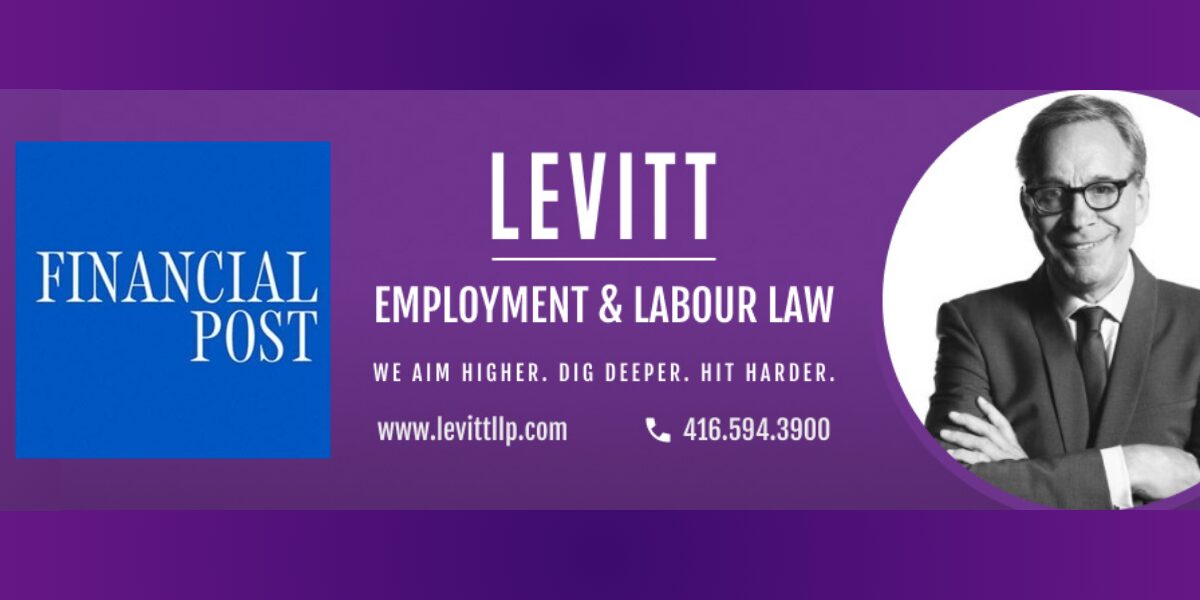By Howard Levitt and Puneet Tiwari
Stamping out racism in the workplace isn’t charity — it’s smart business
Yet, for many South Asians, the celebration was somewhat overshadowed by an uglier reality. On June 12, within hours of the Air India Flight 171 crash in Ahmedabad, social-media comment sections were flooded with vile remarks. It was a stark reminder of the extent of racist attitudes toward South Asians — which are not relegated to anonymous online platforms. Even the legal profession is not immune: during a recent examination, opposing counsel mocked our client’s Indian accent on the record.
Statistics Canada has reported a 227 per cent increase in hate crimes against South Asians. Further, in the last year, there have been two Human Rights Tribunal of Ontario (HRTO) decisions where discrimination against South Asians was established — both cases had schools or crown corporations as the employers.
As companies across Canada trim payrolls to steady a slowing economy, racialized employees often fear they will be the first to go. A recent KPMG study found that 80 per cent of Black employees believe they will be targeted first when staffing cuts loom.
South-Asian workers echo that anxiety, and our own office has seen a noticeable spike in consultations from Indo-Canadian employees who have just been let go. Many jobs are also being outsourced to India — a shift that can breed resentment.
Bias can surface in the workplace despite the best intentions. Accented English is too easily dismissed as poor communication. “Not a culture fit” becomes coded language for “you’re not like us.” The common “last in, first out” layoff policy can disproportionately hit racialized staff because newer hires — often younger and more diverse — have the least seniority. We’re hearing the lament, “I was the only one let go from my team of ten” far too often, and most of those callers are racialized employees.
Employers must keep their workplaces free of racism, overt or covert, right through the termination process. Beyond basic decency, such vigilance helps avoid expensive human-rights claims. Practical steps are straightforward: larger employers should track who gets terminated and look for patterns tied to particular managers or teams. Racist jokes or memes — whether shared over Slack or in a hallway — must be shut down immediately; silence is legally tantamount to approval. A disproportionate number of dismissals from any racialized group is a signal to a court or human rights tribunal of discrimination.
Smaller employers need to police their behaviour just as carefully. Managers of tight-knit teams sometimes treat staff like close friends and assume this gives licence to off-colour jokes. But hearing “Raj” laugh at a quip about his cousin driving for Uber does not make the comment acceptable. Such remarks can alienate employees and trigger a human-rights complaint — if not from Raj, then from someone else who overheard it.
Employees who are terminated should also understand their rights. If race, gender or any other protected characteristic played any role in the decision, the employer has breached human rights law. Proving bias is difficult, so start a paper trail at the first sign of trouble: keep emails, performance reviews and copies of any HR complaints. Retaliation for raising concerns — known as reprisal — is itself illegal. Report discrimination to HR, a union representative or an employment lawyer, whether you are the target or a witness.
It is also of note that 35 years ago, Baltej Singh Dhillon became the first RCMP officer to wear a turban as part of his uniform after fighting for his right to do so. That incident set the foundation for the duty to accommodate in Canadian workplaces.
If the online hate unleashed after the Air India crash is the smoke, biased terminations are the fire. Stamping out racism in the workplace isn’t charity — it’s smart business, and it’s time every employer treated it that way.

